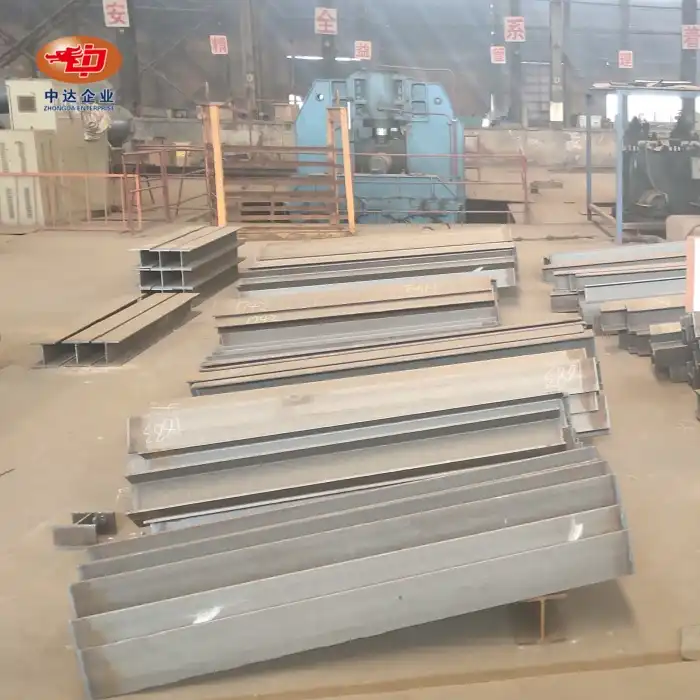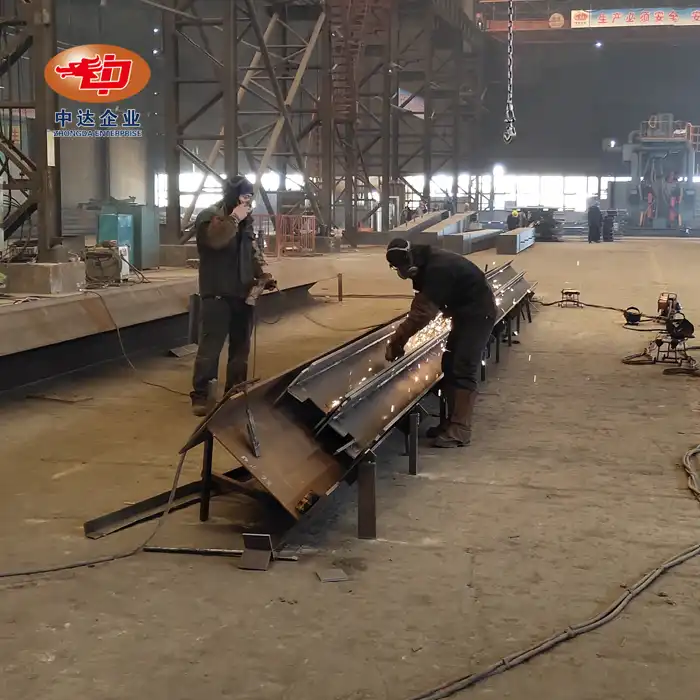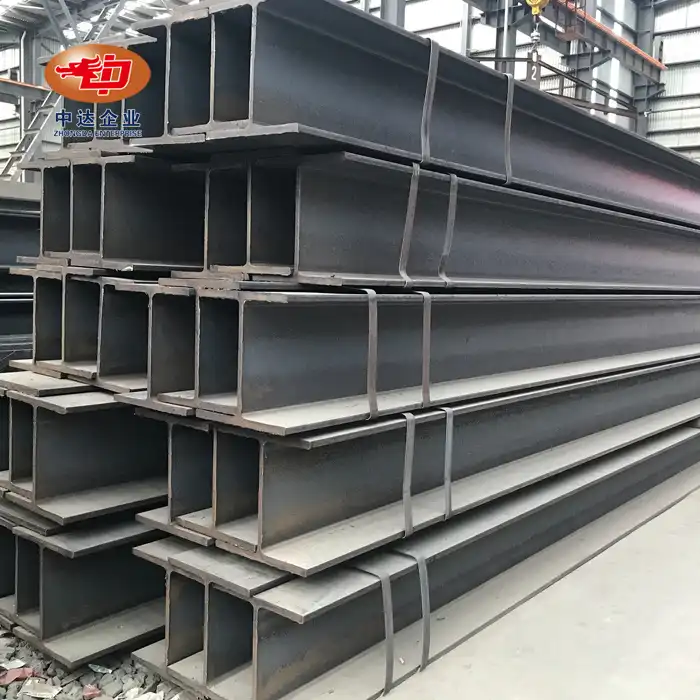Design and Construction: Comparing Platform Columns and Jacket Structures
Platform Column Characteristics
Platform columns, such as those manufactured by Shenyang Zhongda Steel Structure Engineering Co., Ltd., are vertical support structures designed for versatility and ease of installation. Typically made from high-quality materials like Q345B hot-rolled H-shaped steel, these columns offer superior strength and stability. With sections ranging from 200×200mm to 400×400mm, platform columns can be customized to suit various load requirements and facility layouts.
One of the key advantages of platform columns is their modular nature. They often feature bolted connections, allowing for easy assembly and disassembly. This design aspect makes them ideal for projects that require flexibility or future modifications. The detachable nature of these columns also simplifies transportation and on-site handling, reducing overall project timelines and costs.
Jacket Structure Fundamentals
In contrast, jacket structures are lattice-frame structures that extend from the seabed to above the water surface. These structures are typically constructed from tubular steel members welded together to form a rigid frame. Jacket structures are designed to withstand significant environmental loads, including waves, currents, and wind forces.
The construction of jacket structures often involves fabrication in onshore facilities, followed by transportation and installation at the offshore site. This process requires specialized equipment and careful planning to ensure successful deployment. Once installed, jacket structures provide a stable foundation for topside facilities, such as drilling platforms or production modules.
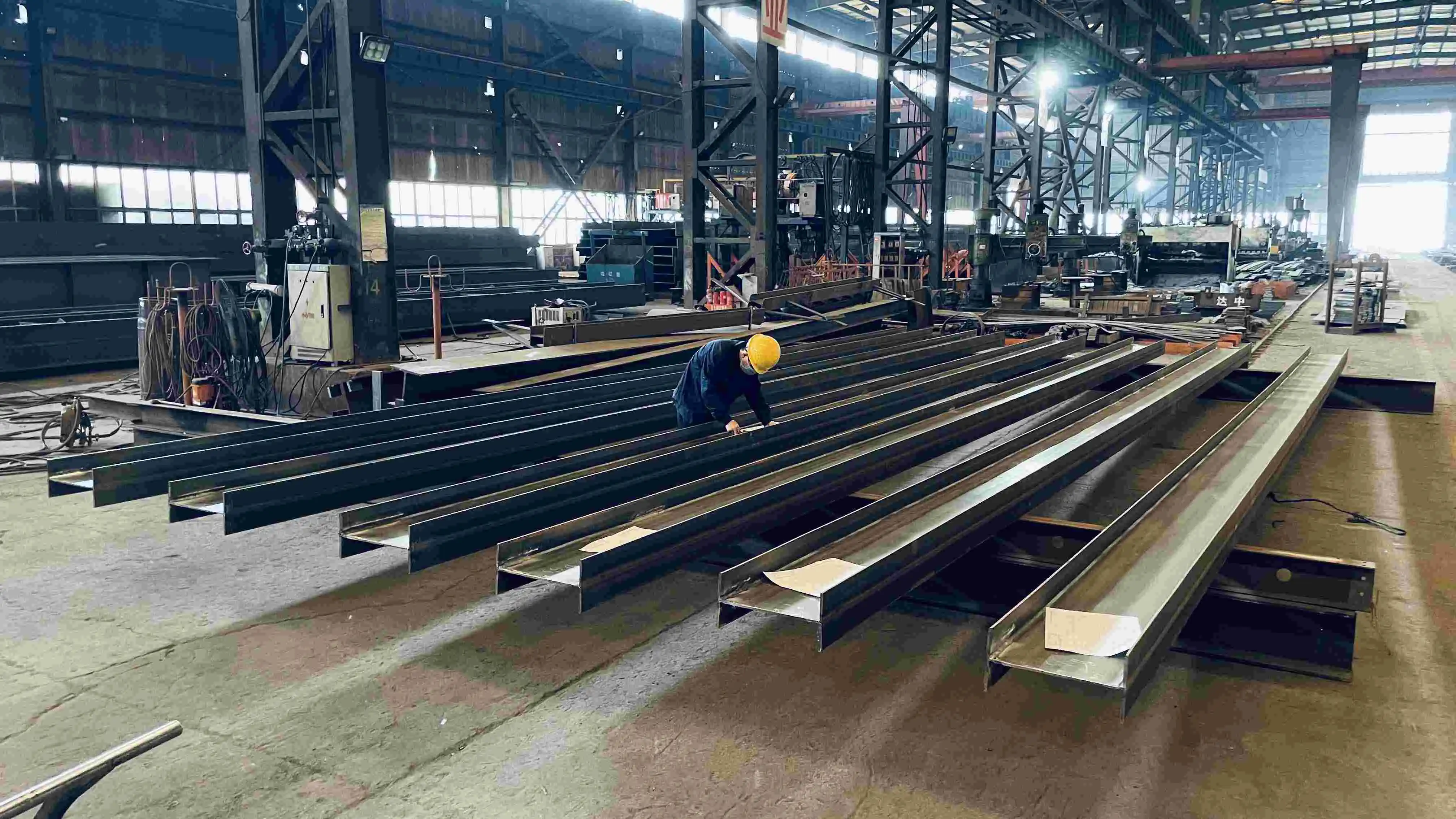
Comparative Analysis of Structural Integrity
When comparing the structural integrity of platform columns and jacket structures, several factors come into play. Platform columns, with their solid construction and adaptable design, excel in scenarios requiring frequent reconfiguration or in shallower waters. They can be engineered to support substantial loads, with some designs capable of handling uniform loads of ≥5 kN/m².
Jacket structures, on the other hand, are renowned for their ability to withstand extreme environmental conditions in deeper waters. Their lattice design allows for the distribution of forces throughout the structure, making them highly resistant to lateral loads. This characteristic makes jacket structures the preferred choice for permanent installations in challenging offshore environments.
Applications and Versatility: When to Choose Platform Columns or Jacket Structures
Ideal Scenarios for Platform Columns
Platform columns shine in applications that require flexibility and adaptability. They are particularly well-suited for:
- Warehousing and logistics upgrades
- Equipment operation platforms
- Multi-level steel mezzanines
- Temporary offshore structures
- Modular construction projects
The versatility of platform columns, especially detachable designs, allows for rapid deployment and reconfiguration as project needs evolve. This adaptability is particularly valuable in industries where space utilization and operational efficiency are paramount.
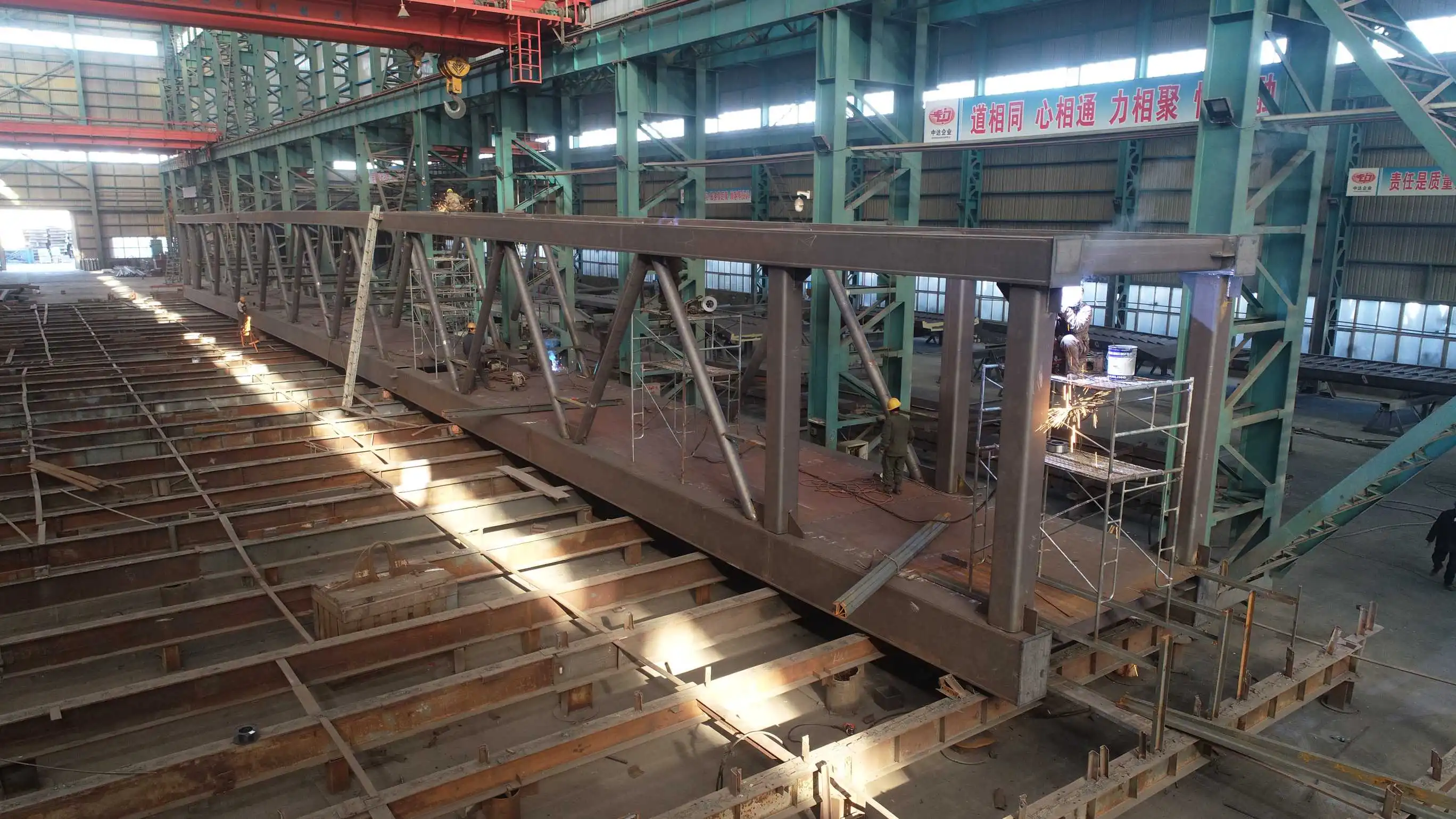
Optimal Use Cases for Jacket Structures
Jacket structures are the go-to choice for:
- Deep-water oil and gas platforms
- Offshore wind turbine foundations
- Long-term marine research stations
- Large-scale offshore processing facilities
- Structures in high-energy wave environments
The robust nature of jacket structures makes them ideal for scenarios where long-term stability and resistance to harsh environmental conditions are critical. Their ability to support substantial topside loads while maintaining structural integrity in deep waters is unparalleled.
Hybrid Solutions: Combining Strengths
In some cases, innovative designs may incorporate elements of both platform columns and jacket structures. These hybrid solutions aim to leverage the strengths of each approach, creating structures that are both adaptable and highly resilient. Such combinations might include detachable platform modules supported by a jacket substructure, offering the best of both worlds for complex offshore projects.
Environmental Considerations and Longevity: Platform Columns vs Jacket Structures
Corrosion Resistance and Maintenance
Both platform columns and jacket structures must contend with the corrosive marine environment. Platform columns, like those produced by Zhongda Steel, often feature advanced anti-corrosion treatments such as hot-dip galvanizing with zinc layers ≥120μm or fluorocarbon coatings. These protective measures contribute to a weather resistance of up to 32 years, significantly reducing maintenance requirements and extending the structure's lifespan.
Jacket structures, due to their permanent nature and exposure to harsher conditions, typically require more comprehensive corrosion protection systems. These may include cathodic protection, specialized marine coatings, and regular inspection and maintenance programs to ensure long-term integrity.
Environmental Impact and Decommissioning
The environmental impact of offshore structures is an increasingly important consideration. Platform columns, particularly detachable designs, offer advantages in terms of minimal seabed disturbance during installation and removal. Their modular nature also facilitates easier decommissioning and potential reuse or recycling of components.
Jacket structures, while providing excellent long-term stability, present more significant challenges during decommissioning. The removal of these large, permanently installed structures can be complex and costly. However, recent innovations in eco-friendly decommissioning techniques are helping to mitigate these concerns.
Adapting to Climate Change and Extreme Weather
As global climate patterns evolve, the resilience of offshore structures to extreme weather events becomes increasingly critical. Platform columns, with their adaptable design, can be modified or reinforced to meet changing environmental conditions. This flexibility allows for responsive upgrades to withstand increasing wave heights or wind loads.
Jacket structures, designed for long-term deployment in harsh environments, inherently possess high resilience to extreme weather. However, their fixed nature means that adapting to significant changes in environmental conditions can be more challenging and costly.
Conclusion
The choice between platform columns and jacket structures depends on a myriad of factors, including water depth, environmental conditions, project duration, and operational requirements. Platform columns offer unparalleled flexibility and ease of modification, making them ideal for dynamic projects and environments where adaptability is key. Jacket structures, with their robust design and deep-water capabilities, remain the backbone of permanent offshore installations in challenging marine environments. By understanding these key differences, industry professionals can make informed decisions that optimize performance, cost-effectiveness, and environmental responsibility in offshore projects.
Contact Us
For cutting-edge platform column solutions that combine strength, flexibility, and longevity, look no further than Zhongda Steel. Our detachable platform columns offer industry-leading quality, customization options, and rapid delivery times. Experience the difference that advanced engineering and rigorous quality control can make in your next project. Contact us today at Ava@zd-steels.com to discuss how our innovative steel solutions can elevate your offshore or industrial installations.











